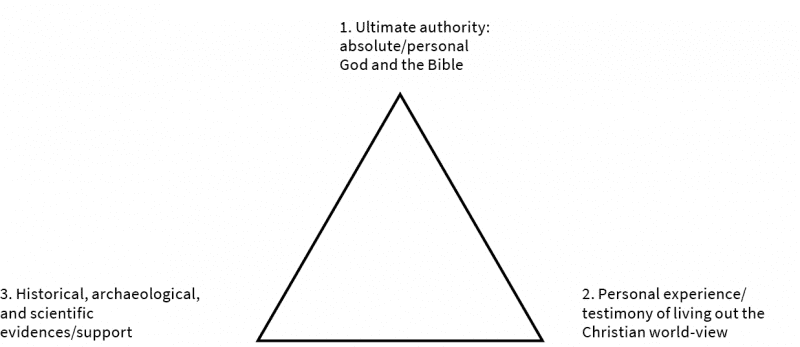Related Articles
Welcoming the Stranger
Presenter: Matthew Soerens, US Director of Church Mobilization, World Relief Description: Refugee and immigration issues have dominated headlines globally recently. While many American Christians view these…
From Unhealthy Dependency To Local Sustainability
Presented by: Jean A. Johnson, Executive Director of Five Stones Global Description: It takes a great amount of intentionality to create a culture of dignity,…
Mapping Church Missions: A Compass for Ministry Strategy
Description: The terrain of church missions is often bewildering. Should we prioritize evangelism or works of service?
A Return to Negative Apologetics with Muslims: A Presuppositional Approach
Ambassadors for the King to the Muslim world must be equipped to give an answer for the hope that lies within (1 Peter 3:15). We are taught that we must contend for the faith (Jude 3), and that we must take every thought against the knowledge of God captive under Christ’s authority (2 Corinthians 10:5). Every missionary to the Muslim world wrestles with how to approach their Muslim friend when confronted with objections that strike at the very authority and core message of Christianity.
Partnership and the Strategic Role of Networks
Description: We live in an unprecedented period of mission history. The new paradigm of “from anywhere to everywhere” is by nature complex, resulting in an increasing…





